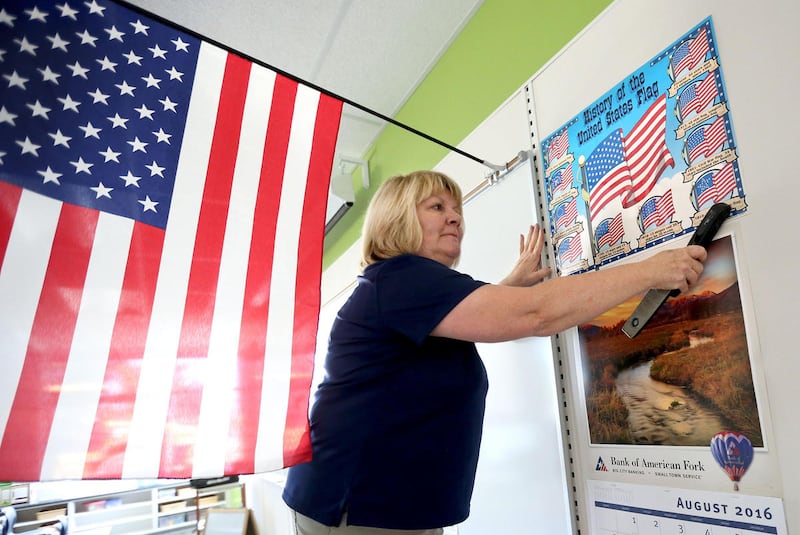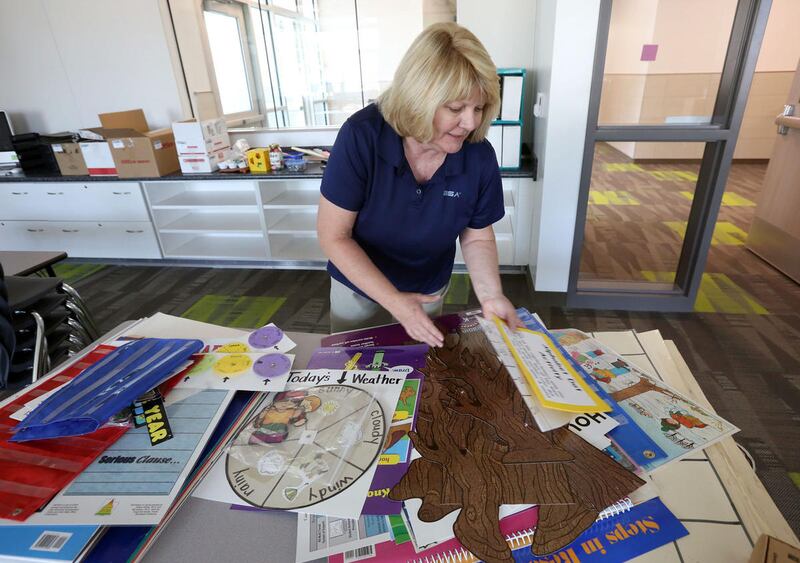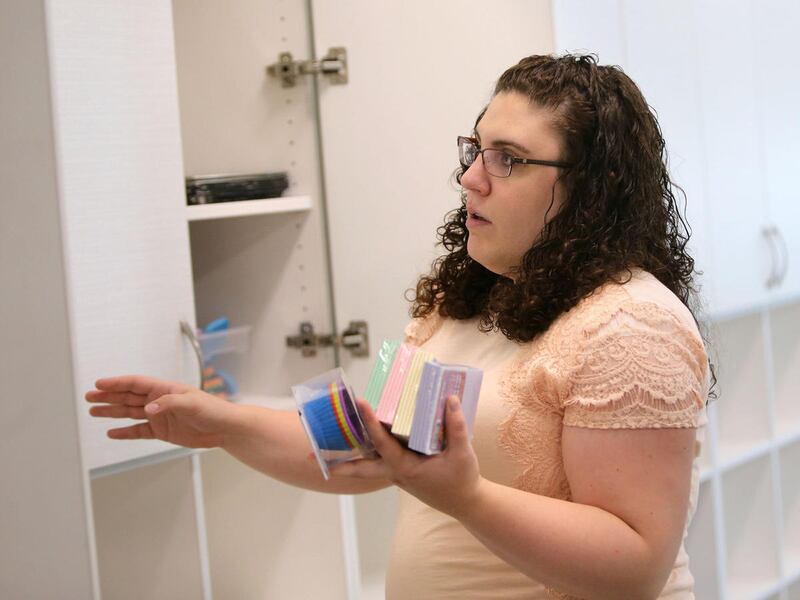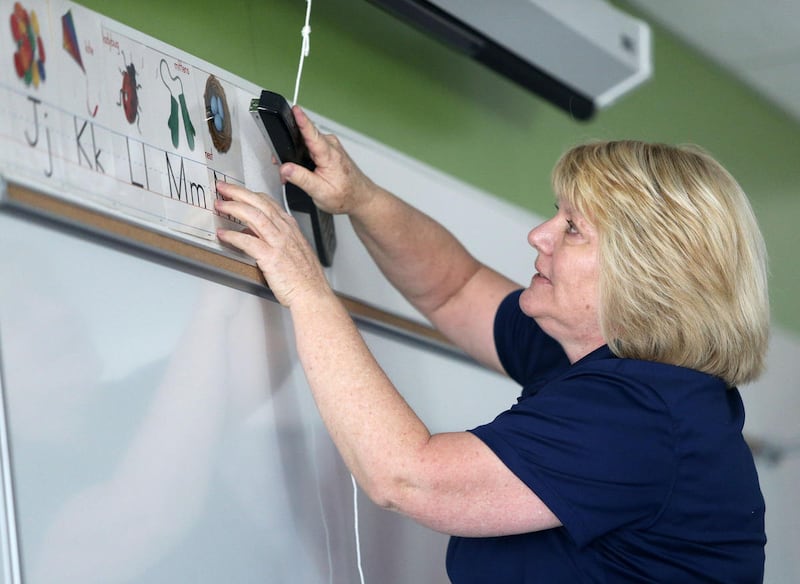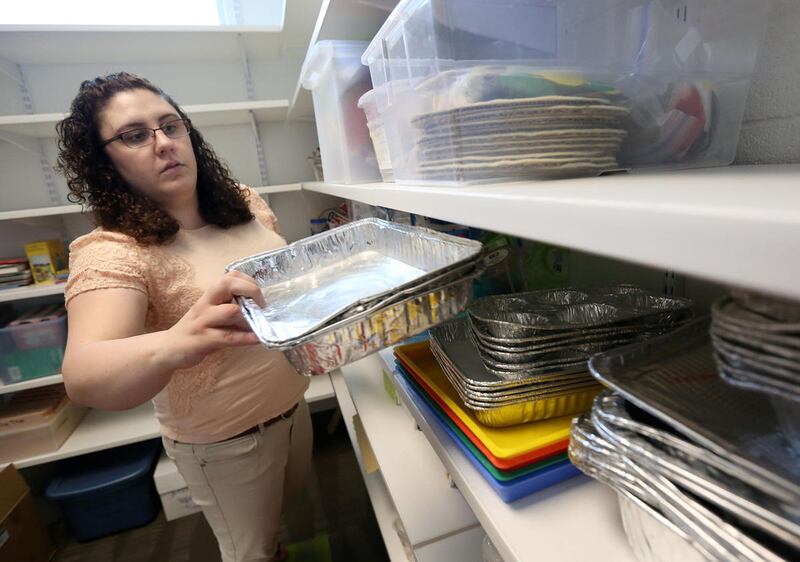SALT LAKE CITY — This month signals the revival of classrooms, school hallways and playgrounds with the yearly return of more than 600,000 students in Utah's public education system.
Behind the scenes of every school, changes in statewide education policy and leadership will be ongoing throughout the 2016-17 school year.
Many of those changes come in response to an ever-growing student population, an escalating teacher shortage, evolving visions for testing and academic standards, and a new method of electing state education leadership.
And positive student outcomes remain "at the center" of policy decisions still to come, according to Sydnee Dickson, who was appointed as state superintendent of public instruction during the summer.
"We should always be thinking of the students first and foremost," Dickson said. "Are we creating policy that gets in the way for local schools and districts, or are we creating policy that benefits schools and districts, and most of all, the children?"
Scratching the surface
Utah's school system will continue to take on more students. This year the system will grow by an estimated 9,700 students, pushing the state's total enrollment to more than 640,000.
An official student census will be conducted Oct. 1.
Lawmakers spent about $90.7 million this year to accommodate the growth, in addition to more than $350 million in new money added to other areas of the public education budget.
While the state has managed to fund student population growth in recent years, Utah's teaching pool is struggling to meet demand.
Last fall, the Utah School Boards Association surveyed 31 of Utah's 41 school districts. Nearly half of them said they were starting the school year without a certified teacher in every classroom. Ninety percent said the pool of qualified applicants has been shrinking.
Data from the Utah State Board of Education shows that about 42 percent of new teachers leave the classroom for good within their first five years. In 2010, 2,417 new educators were hired, but by the end of last year, more than 1,000 of them had quit.
Lawmakers and education leadership are asking for more data to understand why so many teachers leave so early, and what's keeping more college students from choosing to be educators. So far, evidence suggests a combination of low teacher pay, burdensome policies, negative perceptions of teachers and other issues as contributing factors.
"We've just scratched the surface," said Ogden Republican Ann Millner, Senate chairwoman of the Education Interim Committee.
State leaders are far from deciding how to address the problem. But they hope to gather enough data by the end of the year to formulate some early legislative solutions, Millner said.
"I'm hoping that we'll be able to take some initial steps in the upcoming session," she said.
The State School Board, which sets standards for teacher licensure, recently adopted a new path to teaching that some hope will be at least a small help for schools struggling to hire new educators.
The new administrative rule allows school administrators to hire people with career experience in high-demand fields, such as computer science or technical trades, but who may have no teaching experience.
Some education groups worry that it sets the bar too low for nontraditional educators, but board members see it as an improvement from other existing alternative pathways to licensure.
The new policy could take effect as early as this month.
Education leaders are also looking for new ways to train prospective teachers in college.
"We're talking about teachers that are working in a variety of settings, and to have sort of a static time-focused, course-based way of preparing teachers isn't always working," Dickson said in a July discussion with lawmakers. "It really is sort of a market-driven, K-20 conversation."
Teens and SAGE
High school students next spring may not have to take the statewide annual exam known as SAGE thanks to legislation that passed this year and policy changes expected for next year.
The Legislature, which mandated the test for third through 11th grades, gave high schools the option of not administering the test after Congress passed a law replacing No Child Left Behind. The new federal policy requires that a standardized assessment be given only once in high school, and Utah already administers the ACT college preparation exam to all 11th-graders.
The State School Board has recommended that the Legislature do away with SAGE altogether in high school for several reasons. Differences between the high school version of SAGE and that of other grades make scores difficult to compare. High school is the most frequent age when students are opted out of the test by their parents, and student effort on the test has been questionable.
Utahns are also eager to exercise added flexibility granted by the Every Student Succeeds Act.
In a June meeting with legislators, State School Board Chairman David Crandall and other education officials discussed possible changes as well as the purpose of assessment in schools. He said the new federal law "pulls back significantly" in what it dictates for states when it comes to testing.
"This is the opportunity that we have to reassert our authority and our discretion for standards and assessments," Crandall said.
Education leaders may also consider broad changes to the Utah Core, the state's set of academic benchmarks students are expected to master.
Gov. Gary Herbert requested that the board do a review of the Utah Core in light of continued debate over the Common Core State Standards, which were used in developing Utah's academic benchmarks for math and English as they were adopted in 2010.
Herbert said his request "isn't about politics; it's about policy." But his criticism for the Common Core contrasted with having defended the standards previously until his Republican primary contender, Jonathan Johnson, voiced opposition to the core.
The State School Board has revised Utah's standards several times since 2010, but board members agreed to do a comprehensive review contingent upon a one-time budget supplement from the Legislature. The extra funding would enable the board to conduct the review without displacing other standards already scheduled for revision.
It's unclear how much the appropriation would be, but it will likely be part of the board's yearly budget request to the Legislature. Lawmakers are also waiting for the board to finalize its recommendations when it comes to removing SAGE from high schools.
"We'll see if we can't work through the issues and achieve some alignment going forward," Millner said.
Education leadership
Herbert's re-election was made likely upon defeating his Republican challenger in June, gaining 72 percent of the vote. While the powers of Utah's governor are limited when it comes to education, Herbert has historically called on the Legislature to boost education dollars each year. He has also championed a goal of having 66 percent of the state's population with a college education by 2020.
But the June primary brought significant changes for members of the State School Board. Historically, board candidates have circumvented the primary election thanks to a process that employed a selection committee and nominations by the governor before the general election.
Lawmakers this year implemented a nonpartisan primary for the board, with future elections becoming partisan. The previous method was ruled unconstitutional by a federal judge in 2014.
Voters also ushered in changes.
Crandall and fellow incumbent Leslie Castle will not advance to the general election in November after narrow defeats in the primary. David Thomas, vice chairman of the board, will advance to the general election with 35 percent of the vote. But he trails behind candidate Jennifer Graviet, who got 45 percent, according to primary results.
"I think people were a little bit caught off guard as to whether they were at risk or not," Mark Thomas, state elections director and chief deputy to Lt. Gov. Spencer Cox, said of the board incumbents.
State School Board elections have been a divisive issue for years in the Legislature, and lawmakers could change state law again before the elections become partisan. But some legislators may be reluctant to start the debate all over again, Thomas said.
"It's taken them many years to get to the point they're at today," he said.
Proposals to raise the income tax may also resurface. Education advocates in the business community have asked lawmakers to boost the tax by seven-eighths of 1 percent, earning an estimated $519 million in new revenue.
That money could be used to fund improvements for early childhood education, reading proficiency, and opportunities for science, technology, engineering and math, according to the proposal from Education First and Prosperity 2020.
Such an increase was favored by voters surveyed in a recent Dan Jones poll for UtahPolicy.com. Sixty-four percent of the 614 voters favored the proposal to some degree, and 31 percent were opposed.
Legislators have spoken against the increase, citing concerns that it would stifle economic growth in the state. But education advocates remain persistent.
"We seem to have that discussion every year," Millner said.
Email: mjacobsen@deseretnews.com
Twitter: MorganEJacobsen

